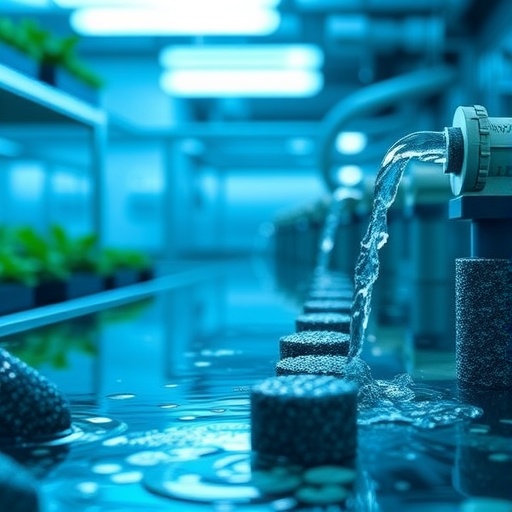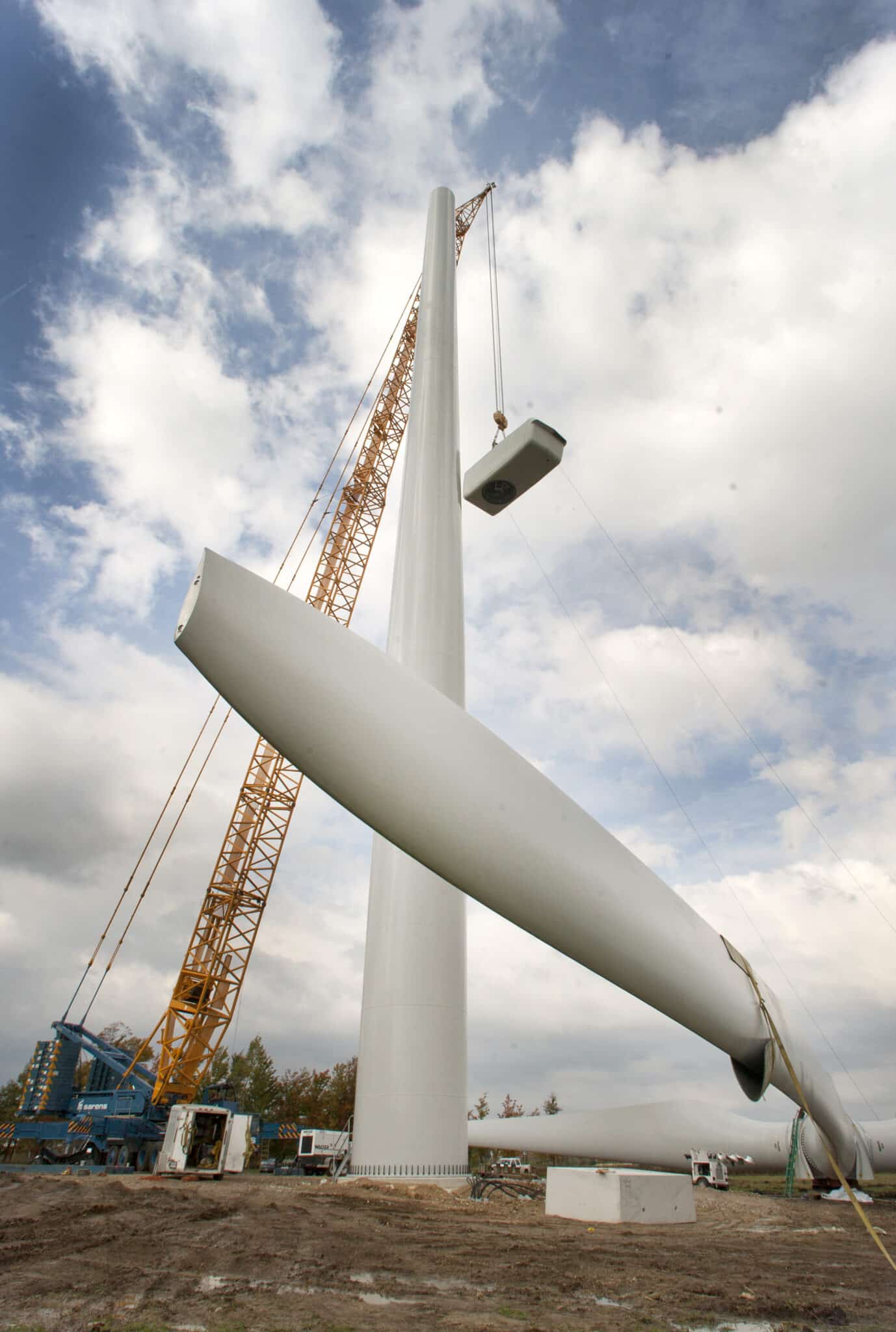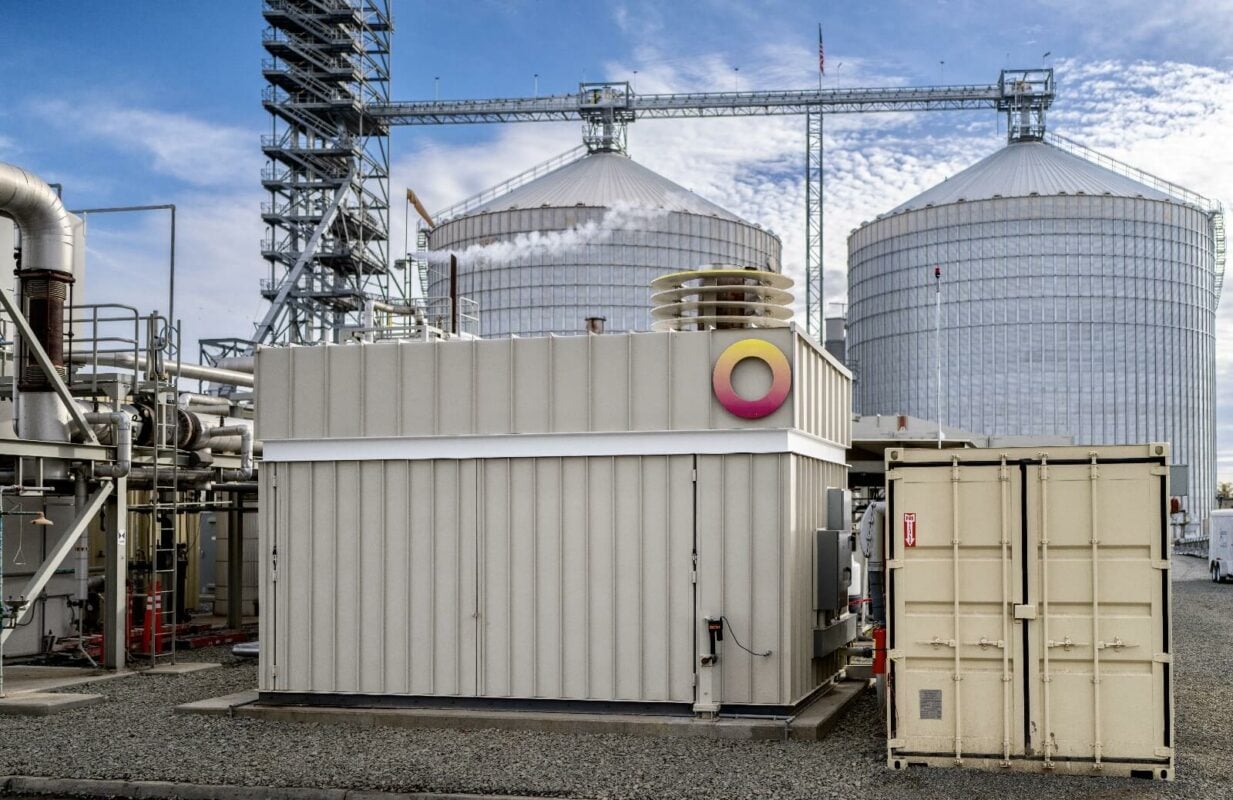Contaminated Water Enhances Opportunities for Clean Hydrogen Production – Bioengineer.org

Report on a Novel Method for Sustainable Hydrogen Production from Reclaimed Wastewater
Introduction: Advancing Sustainable Development Goals Through Energy Innovation
A study conducted by Princeton University researchers has demonstrated a viable method for producing clean hydrogen through electrolysis using treated wastewater. This innovation presents a significant advancement toward achieving multiple Sustainable Development Goals (SDGs) by addressing critical challenges in water management and clean energy production. The research directly supports the transition to a sustainable energy future by reducing the economic and environmental costs associated with green hydrogen, a key component for decarbonizing industries and combating climate change.
Addressing Barriers in Green Hydrogen Production
The Challenge of Water Scarcity and Cost
Conventional green hydrogen production relies on electrolysis, a process that requires ultrapure water. This dependency creates two primary obstacles to sustainability:
- Competition for Resources (SDG 6: Clean Water and Sanitation): The demand for ultrapure water places additional strain on global freshwater supplies, which are already under pressure from climate change and population growth.
- High Production Costs (SDG 7: Affordable and Clean Energy): The extensive purification process required to produce ultrapure water is both energy-intensive and expensive, hindering the economic viability and widespread adoption of green hydrogen.
The Proposed Solution: A Circular Economy Approach
The research team, led by Z. Jason Ren, investigated the use of treated wastewater effluent from local treatment plants as an alternative water source. This approach aligns with the principles of a circular economy, transforming a widely available waste stream into a valuable resource for clean energy production, thereby advancing SDG 12 (Responsible Consumption and Production).
Experimental Findings and Technical Breakthroughs
Identifying and Overcoming Technical Hurdles
Initial experiments using a proton exchange membrane (PEM) electrolyzer with treated wastewater revealed a rapid decline in performance. Diagnostic analysis identified the core issue:
- Membrane Clogging: Ions commonly found in wastewater, such as calcium and magnesium, were found to clog the electrolyzer’s specialized membrane.
- Reduced Efficiency: This buildup, similar to scale in plumbing, impeded the transport of hydrogen ions, significantly reducing the efficiency and operational lifespan of the system.
The Acidification Countermeasure
To resolve this, the researchers developed a simple and effective solution: slightly acidifying the reclaimed wastewater with sulfuric acid. This adjustment created an acidic environment that prevented ion buildup and facilitated stable proton transport. The results were significant, enabling the electrolyzer to operate continuously for over 300 hours, a substantial improvement over previous attempts.
Direct Contributions to Sustainable Development Goals (SDGs)
SDG 6: Clean Water and Sanitation
By repurposing treated wastewater, this method reduces the demand for pristine freshwater in the energy sector. It promotes water recycling and integrated water resource management, demonstrating an innovative solution to water scarcity.
SDG 7: Affordable and Clean Energy
The economic analysis projects substantial cost reductions, making green hydrogen a more competitive and accessible clean energy source. Key financial impacts include:
- A 47% reduction in water treatment costs for hydrogen production.
- A 62% decrease in the energy required for the water treatment phase.
SDG 9: Industry, Innovation, and Infrastructure
This research represents a critical innovation in sustainable infrastructure. It proposes a model where hydrogen production facilities can be co-located with existing wastewater treatment plants, creating resilient and efficient industrial ecosystems.
SDG 11: Sustainable Cities and Communities
The ability to use a resource available in nearly every urban center allows for decentralized, localized hydrogen production. This reduces transportation costs and associated emissions, helping cities meet their energy needs more sustainably.
SDG 13: Climate Action
By lowering the barriers to green hydrogen production, this technology accelerates the decarbonization of hard-to-abate sectors like heavy industry and transportation, contributing directly to global climate action targets.
Future Outlook and Scalability
The research team is collaborating with industry partners to assess the scalability of this method and is exploring the potential use of pretreated seawater. Strategic planning, based on prior research, aims to identify optimal locations in the United States for pairing hydrogen production with wastewater treatment facilities. This forward-looking approach integrates technical advancement with large-scale analytical perspectives to meet both industrial needs and global sustainability ambitions.
Conclusion
The Princeton University study establishes a new, more sustainable paradigm for clean hydrogen production. By effectively utilizing acidified reclaimed wastewater, the research provides a cost-effective and environmentally responsible pathway that significantly advances global efforts to achieve the Sustainable Development Goals. This breakthrough underscores the power of innovation to overcome critical barriers in the clean energy transition and build a more resilient and sustainable future.
Analysis of Sustainable Development Goals in the Article
1. Which SDGs are addressed or connected to the issues highlighted in the article?
The article on producing hydrogen from reclaimed wastewater connects to several Sustainable Development Goals (SDGs) by addressing issues of clean energy, water management, sustainable industry, and climate action. The following SDGs are relevant:
- SDG 6: Clean Water and Sanitation – The core innovation involves using treated wastewater, directly addressing water scarcity and promoting the safe reuse of water.
- SDG 7: Affordable and Clean Energy – The research aims to make green hydrogen production more affordable and accessible, contributing to the global share of renewable energy.
- SDG 9: Industry, Innovation, and Infrastructure – The study represents a significant technological innovation that can lead to more sustainable and resilient industrial processes and infrastructure.
- SDG 11: Sustainable Cities and Communities – The article suggests localizing hydrogen production by co-locating facilities with existing municipal wastewater treatment plants, making urban energy systems more sustainable.
- SDG 12: Responsible Consumption and Production – By repurposing wastewater, the method promotes the efficient use of natural resources and aligns with principles of a circular economy.
- SDG 13: Climate Action – Green hydrogen is a key tool for decarbonizing industries, and this research makes its production more viable, thus supporting efforts to combat climate change.
2. What specific targets under those SDGs can be identified based on the article’s content?
Based on the article’s discussion, several specific SDG targets can be identified:
- Target 6.3: “By 2030, improve water quality by … substantially increasing recycling and safe reuse globally.”
- The article’s entire premise is based on the reuse of reclaimed wastewater for hydrogen production, which is a direct application of this target.
- Target 6.4: “By 2030, substantially increase water-use efficiency … and ensure sustainable withdrawals and supply of freshwater to address water scarcity.”
- The research addresses water scarcity by proposing an alternative to using ultrapure freshwater, which “competes with local freshwater resources.”
- Target 7.2: “By 2030, increase substantially the share of renewable energy in the global energy mix.”
- The study facilitates the production of green hydrogen, a clean energy carrier, which helps increase the proportion of renewable energy used, especially in “industries that are traditionally hard to electrify.”
- Target 9.4: “By 2030, upgrade infrastructure and retrofit industries to make them sustainable, with increased resource-use efficiency and greater adoption of clean and environmentally sound technologies.”
- The described method is a “clean and environmentally sound technology” that increases resource-use efficiency by reducing water and energy costs, making industries more sustainable.
- Target 11.6: “By 2030, reduce the adverse per capita environmental impact of cities, including by paying special attention to air quality and municipal and other waste management.”
- The article suggests that since “every town and city has access to wastewater treatment facilities,” this technology can be integrated into municipal waste management to produce local, clean energy, reducing the environmental impact of cities.
- Target 12.2: “By 2030, achieve the sustainable management and efficient use of natural resources.”
- The process demonstrates a more efficient use of water resources by “tapping into the vast resources of treated wastewater” instead of consuming scarce freshwater.
3. Are there any indicators mentioned or implied in the article that can be used to measure progress towards the identified targets?
Yes, the article mentions or implies several quantitative and qualitative indicators that can be used to measure progress:
- Reduction in water treatment costs: The article explicitly states that the method “could reduce the overall costs of treating water for hydrogen production by an eye-opening 47%.” This is a direct indicator of increased economic efficiency.
- Reduction in energy costs for water treatment: The research suggests a decrease in “energy costs associated with this treatment by approximately 62%.” This measures the improvement in energy efficiency for the water preparation stage.
- Operational stability and duration: The article notes that the acidified wastewater enabled “more than 300 hours of uninterrupted operation,” which serves as an indicator of the technology’s reliability and performance compared to previous attempts.
- Volume of wastewater reused: While not quantified, the concept of using treated wastewater from local plants implies that the volume of water reused for energy production could be a key performance indicator.
- Reduction in freshwater consumption: An implied indicator is the amount of freshwater saved by not using it for hydrogen production. The article highlights that the new method avoids competition with “local freshwater resources.”
- Number of co-located facilities: The plan to identify “prime locations within the United States for pairing hydrogen production facilities with wastewater treatment plants” suggests that the number of such integrated facilities could be an indicator of adoption and scalability.
4. Summary Table of SDGs, Targets, and Indicators
| SDGs | Targets | Indicators |
|---|---|---|
| SDG 6: Clean Water and Sanitation | 6.3: Increase water recycling and safe reuse. 6.4: Increase water-use efficiency and address water scarcity. |
– Volume of treated wastewater reused for hydrogen production. – Reduction in freshwater use for industrial processes. |
| SDG 7: Affordable and Clean Energy | 7.2: Increase the share of renewable energy. | – Amount of clean hydrogen produced using the new method. – Reduction in overall cost of green hydrogen production. |
| SDG 9: Industry, Innovation, and Infrastructure | 9.4: Upgrade infrastructure and industries with clean, sustainable technologies. | – Percentage reduction in water treatment costs (47%). – Percentage reduction in energy costs for water treatment (62%). – Duration of uninterrupted electrolyzer operation (300+ hours). |
| SDG 11: Sustainable Cities and Communities | 11.6: Reduce the environmental impact of cities through better waste management. | – Number of hydrogen production facilities co-located with municipal wastewater treatment plants. |
| SDG 12: Responsible Consumption and Production | 12.2: Achieve sustainable management and efficient use of natural resources. | – Increased efficiency of water resource use by repurposing wastewater. |
| SDG 13: Climate Action | 13.2: Integrate climate change measures into policies and planning. | – Contribution to decarbonization of hard-to-electrify industries through viable green hydrogen. |
Source: bioengineer.org
What is Your Reaction?
 Like
0
Like
0
 Dislike
0
Dislike
0
 Love
0
Love
0
 Funny
0
Funny
0
 Angry
0
Angry
0
 Sad
0
Sad
0
 Wow
0
Wow
0











































































